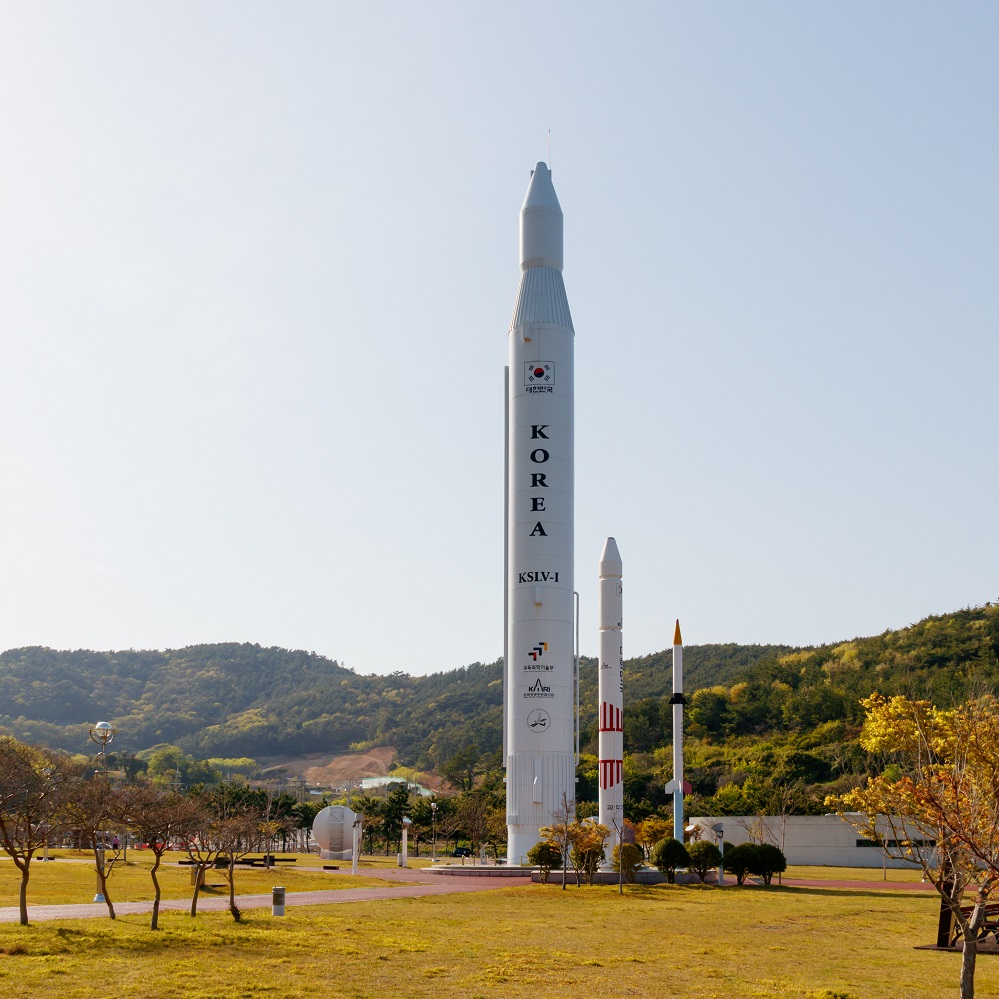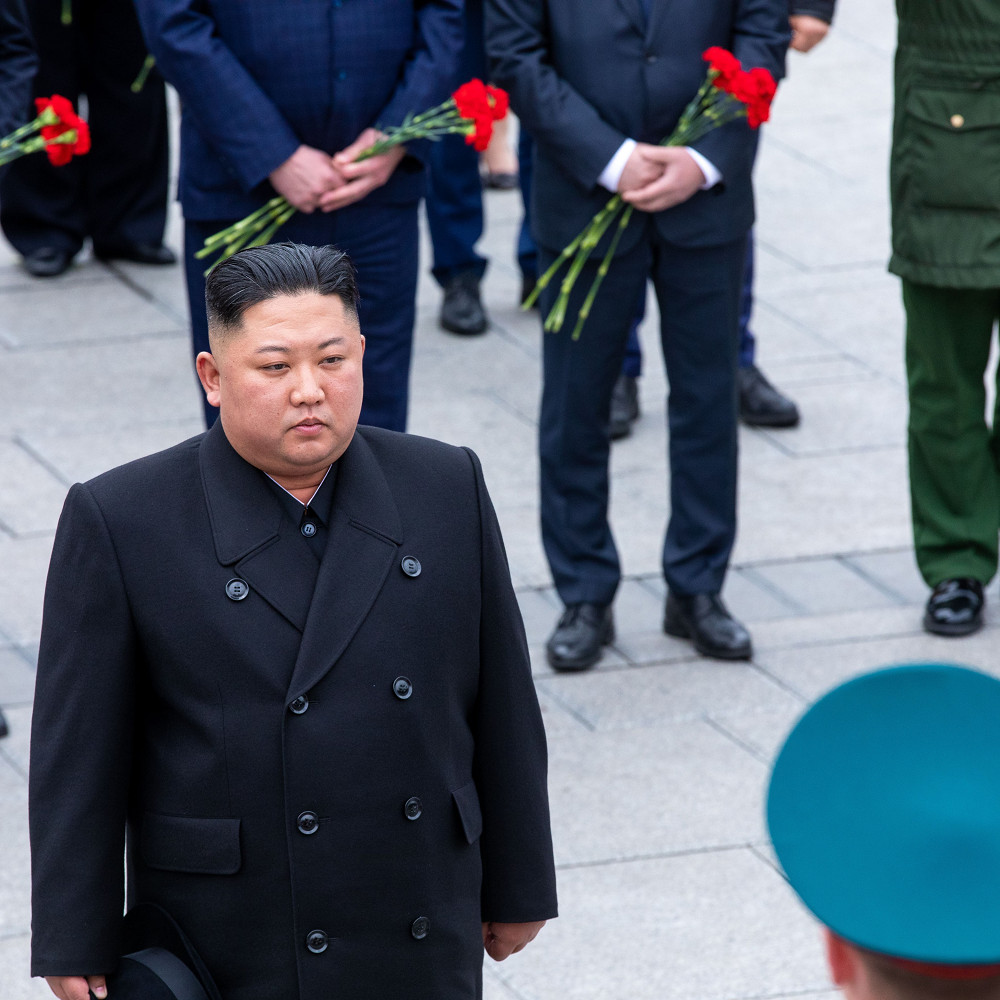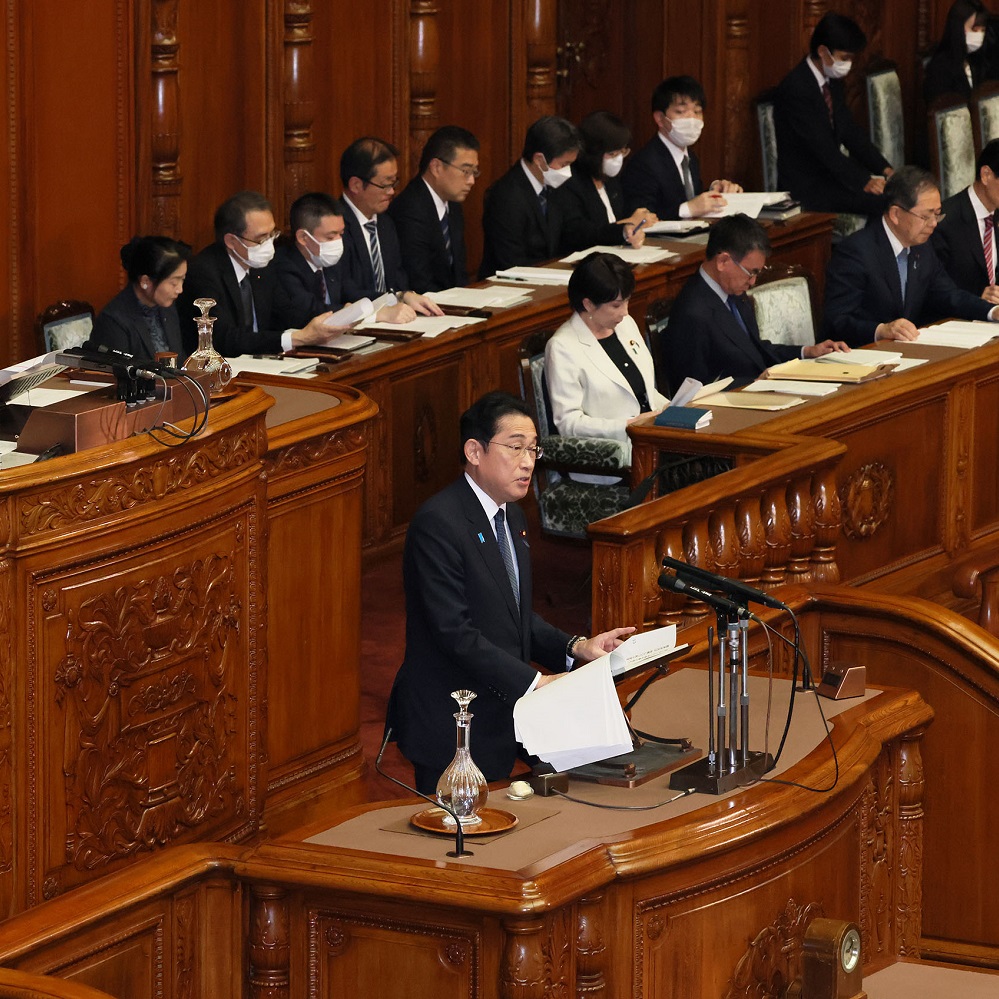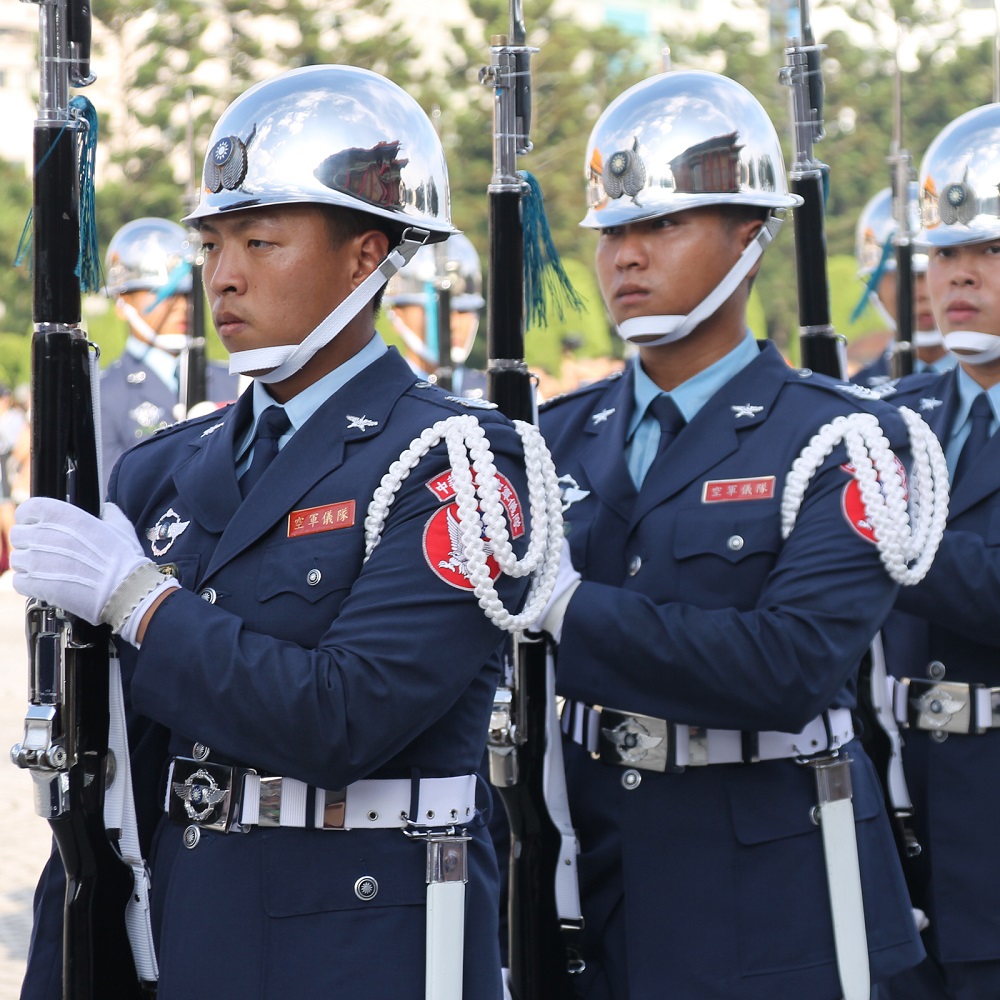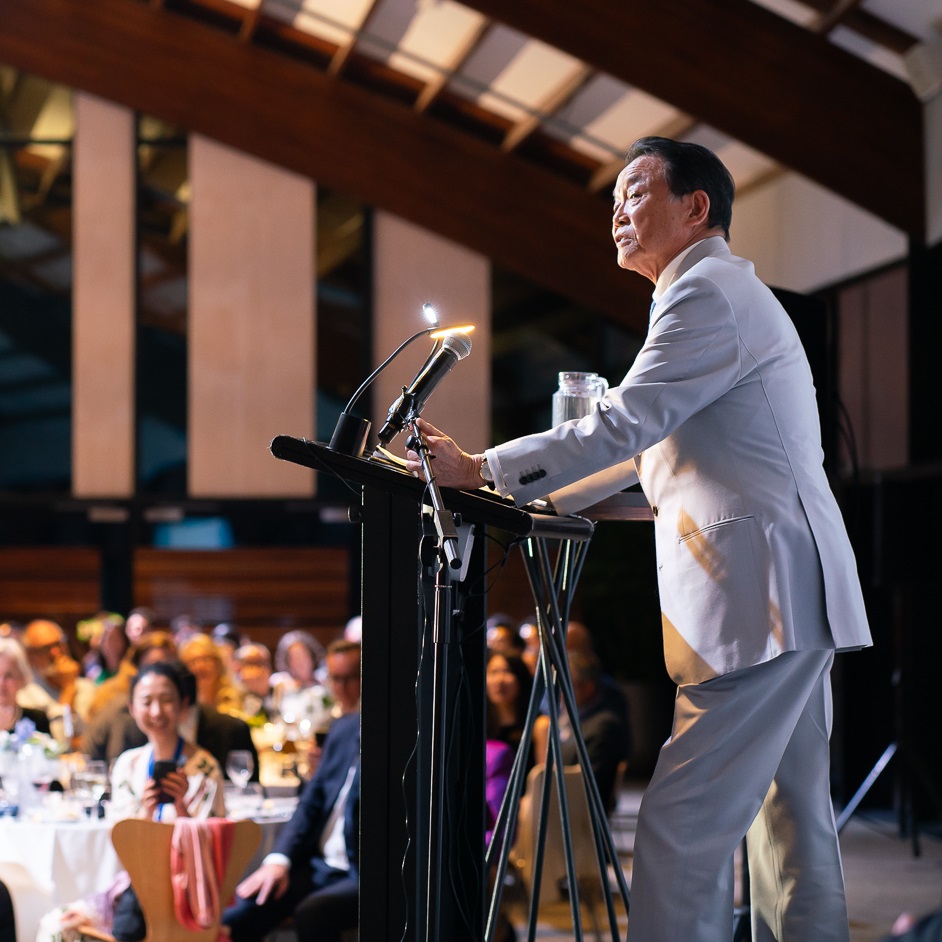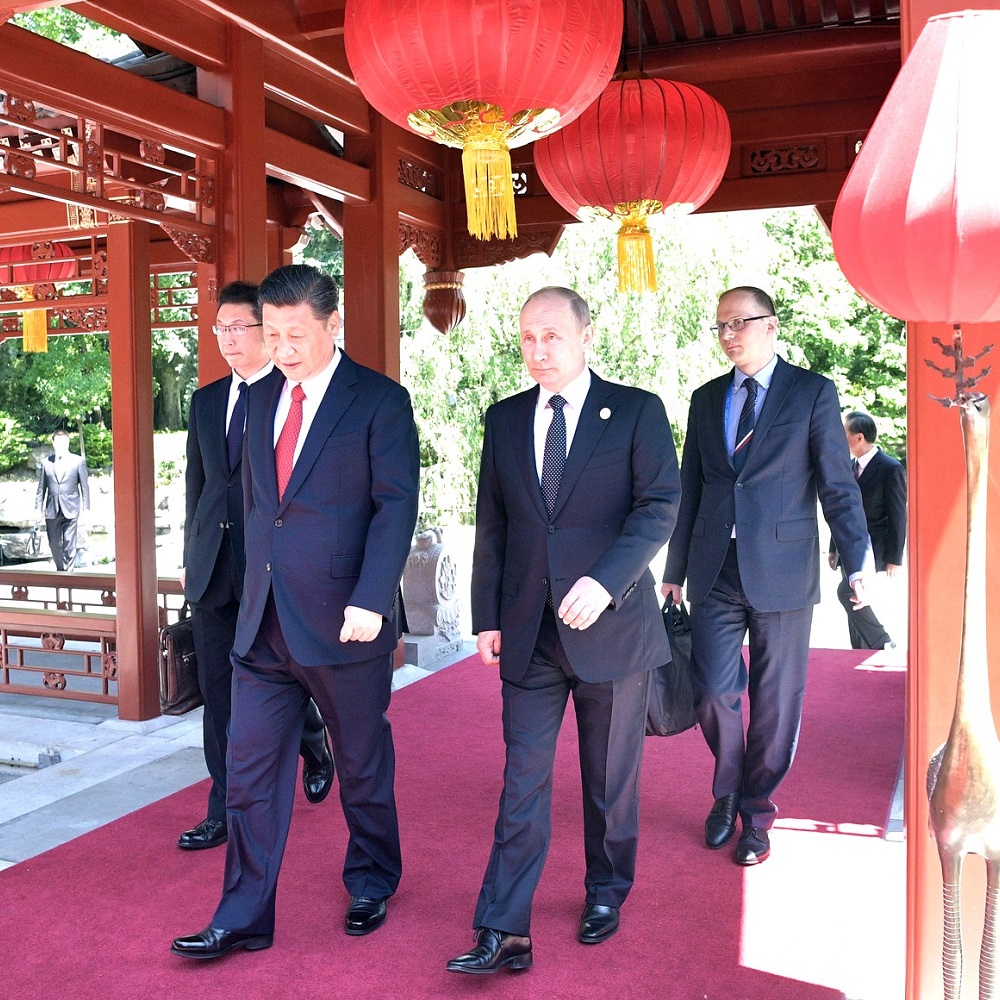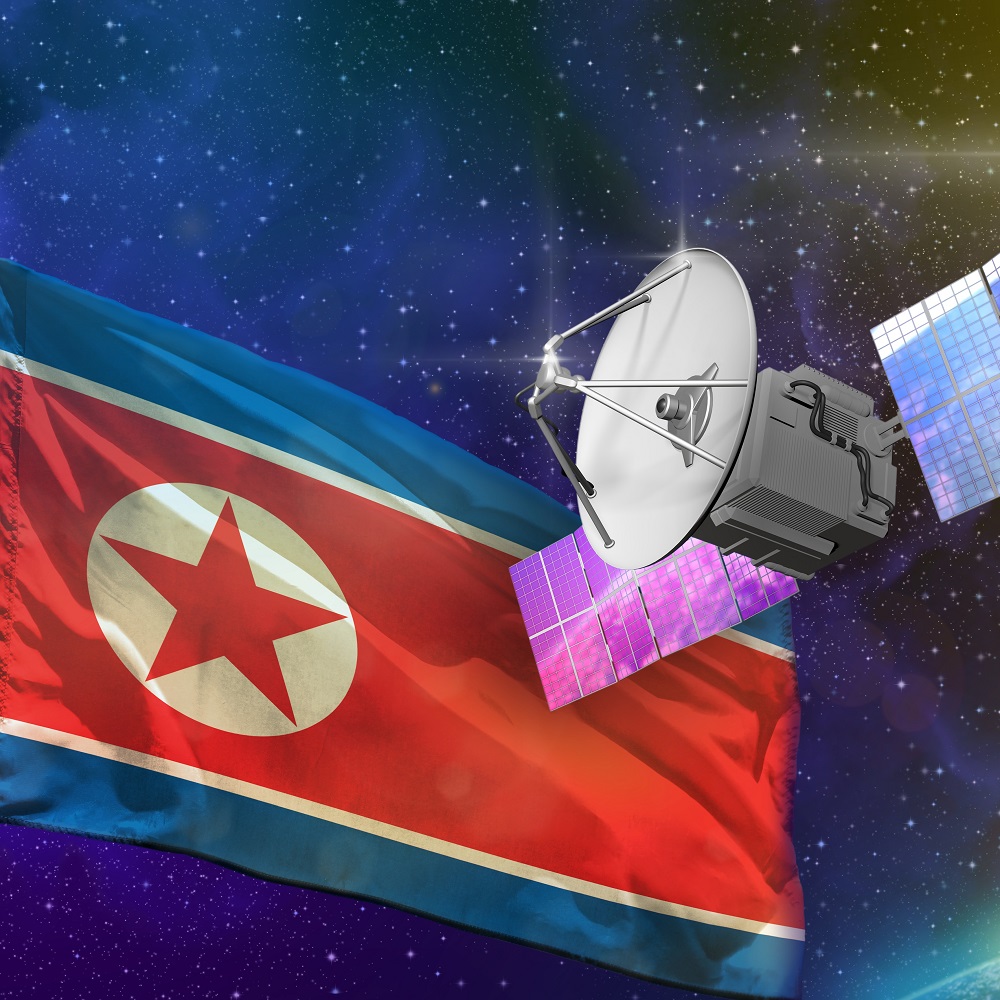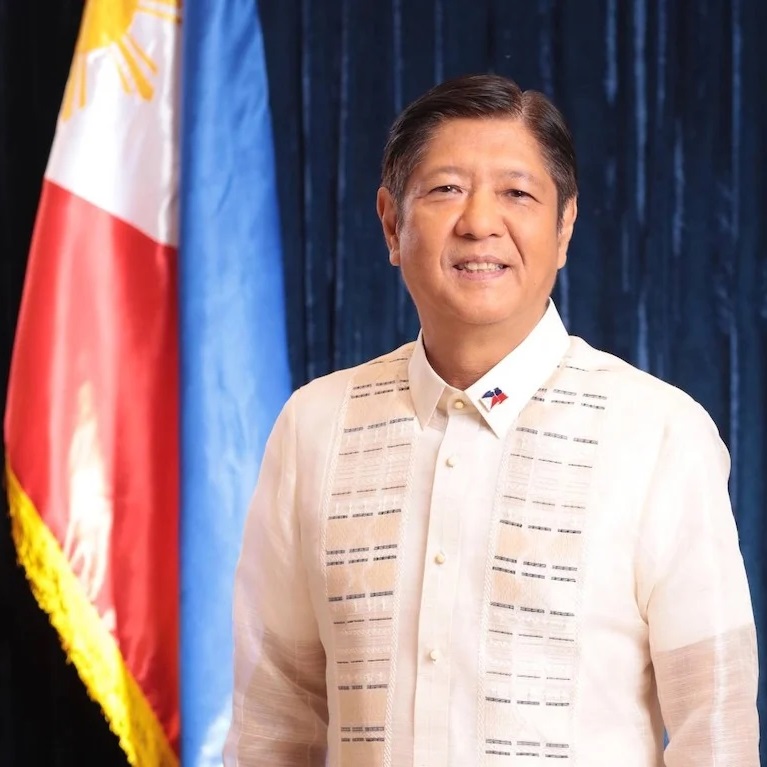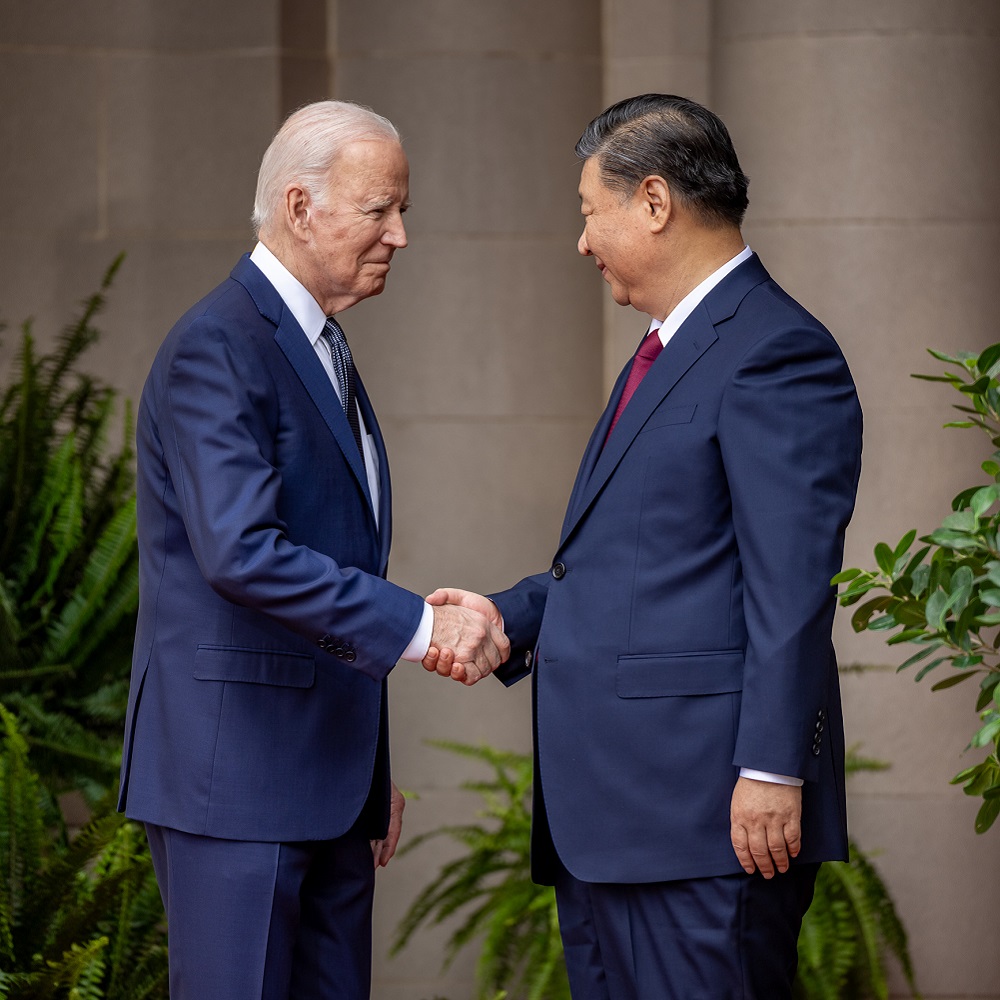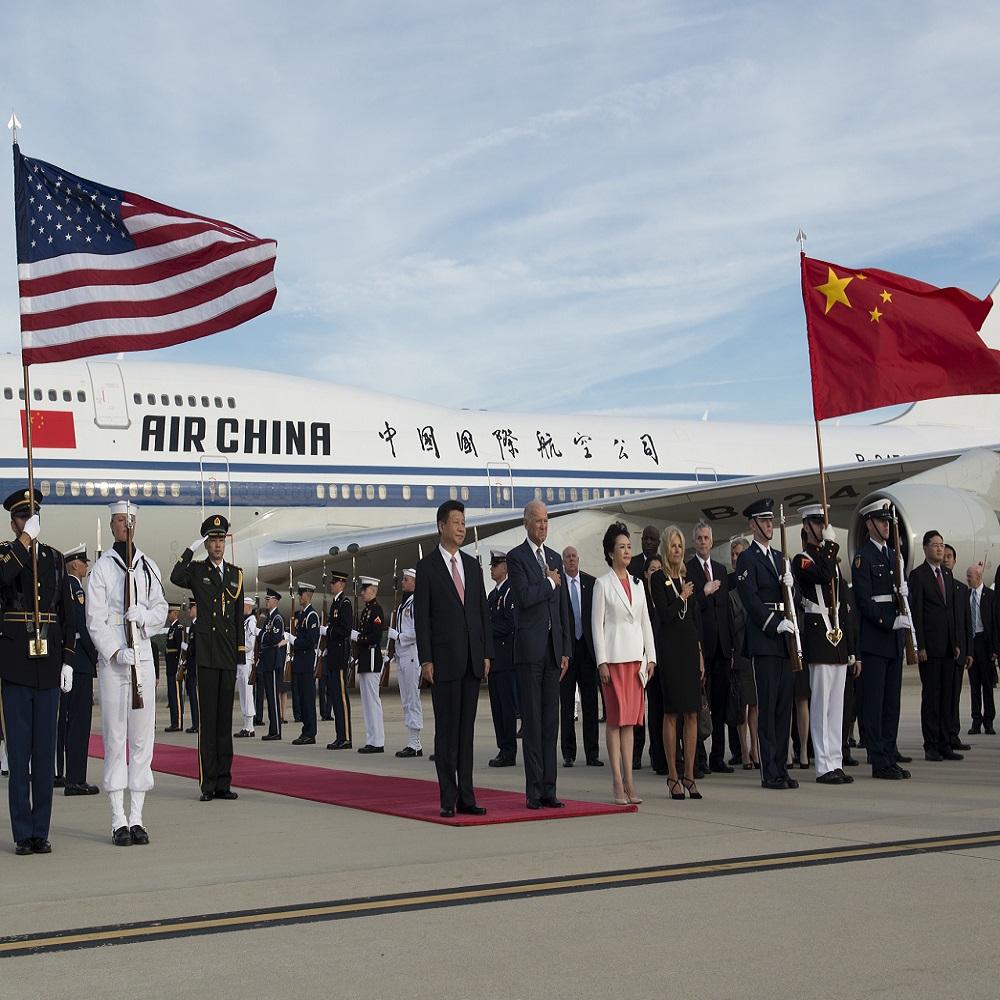What’s at Stake in Upcoming Taiwan Election
by June Teufel Dreyer
BOTTOM LINE
• Taiwan’s presidential election is scheduled for January 13, 2024.
• A down-to-the-wire effort by two of the three opposition candidates to unite against front-runner William Lai Ching-te failed dramatically, while the third candidate made a grand last-minute exit.
• Disarray among the opposition will not necessarily guarantee Lai’s election, with the latest polls showing him barely ahead of his two remaining challengers.
• Both challengers, though averring their preference for a strong relationship with the United States, favor warmer relations with Beijing in a manner that may portend some degree of willingness to accept unification with China that would adversely impact US and Japanese security interests
• Chinese efforts to influence the vote have included military intimidation, veiled threats of invasion, and disinformation.
On Saturday, January 13, 2024, Taiwan will go to the polls to choose itsa next president and 113 seats in the country’s unicameral Legislative Yuan (LY). Current president Tsai Ing-wen is term-limited and at first four, now three, contenders are seeking to succeed her, making this the most contested election since 2000.
What’s at Stake for the United States
The United States is significantly involved in one war in the Middle East, another in Eastern Europe, and is hence at pains to avoid confrontation in Asia. It has sent two aircraft carrier groups and ammunition to support Israel as well as large quantities of weapons to the Ukrainian government, leaving concerns in both America and Taiwan about how much assistance it could give the country should Xi Jinping decide to attack.
Given China’s avowed desire to annex the island by force if Taiwan’s citizens do not agree to unification amicably, and Beijing’s strong reaction to anything that it construes as moves to further legitimize Taiwan’s de facto independence, the Biden administration prefers a Taiwanese president who will avoid both actions that could prompt an attack and measures that would bring the island under Beijing’s control. More than democracy and human rights are at issue: Since Taiwan sits astride sea lanes that are vital for international commerce and security, ceding the country to China would enhance Beijing’s control of both. An estimated 40 percent of world trade passes through the South China Sea, which China has increasingly asserted its control over. Japan, a US treaty ally, has what is arguably an even greater stake in stability in the Taiwan Strait since a Taiwan under Chinese control would bring its territorial waters perilously close to Japan as well as potentially adversely impact the shipping that is so vital to its economy.
China also contests control of areas of the East China Sea with Japan. Since Okinawa hosts the only US bases within 500 miles (the unrefueled combat radius of US fighters) from Taiwan, China might well strike those bases at the outset of a conflict. Japanese leaders have explicitly said that a Taiwan emergency is a Japanese emergency and therefore an emergency for the Japan-US alliance.
The Dramatis Personae
Lai Ching-te (English name William Lai) is Taiwan’s incumbent vice-president and the nominee of the Democratic Progressive Party (DPP). Born in 1959 and the son of a coal miner, he is a medical doctor with expertise in spinal cord injuries, though he has dedicated his later career to politics. Regarded as a lackluster campaigner, he can however point to his extensive record in office as a legislator, then premier, and most recently as vice-president.
Hou Yu-ih, born in 1957 and the son of pork sellers, represents the Kuomintang (KMT) or Chinese Nationalist Party. After graduating from the Central Police Agency and obtaining a doctoral degree in crime prevention and corrections, he had a long career in law enforcement before becoming deputy mayor and later mayor of New Taipei City. Hou says that his background in police work is excellent preparation for service as president.
Ko Wen-je, born in 1959, is a medical doctor known for his expertise in organ transplants before going into politics. Ko successfully ran for mayor of Taipei as an independent, though with the endorsement of the DPP. In 2019, Ko founded the Taiwan People’s Party (TPP) as a challenge to the KMT and DPP.
Terry Gou (Chinese name Guo Tai-ming) was born in 1950. A late entry into the race and formerly a KMT member who twice sought and was twice refused the party’s endorsement for nominee, he then announced he would run as an independent backed by the $7 billion fortune he made as founder of Hon Hai Precision Industries. Hon Hai, known abroad as Foxconn, is the world’s largest contract manufacturer of electronics. His parents, from Shanxi, fled to Taiwan in 1949, with his policeman father having fought for the KMT during the war. Gou believes that his extensive business experience makes him ideally suited for the presidency.
Where They Stand
All candidates face the dilemma of having to solicit the support of voters who overwhelmingly reject unification with China while not antagonizing China with its oft-repeated vow to achieve the “sacred task” of unification by whatever means. A poll released in late November showed almost no support for this: only 0.7 percent of respondents replied that they supported independence as soon as possible with 11.5 percent advocating maintaining the status quo while working toward unification. By contrast, 35.8 percent supported maintaining the status quo while working toward independence and 44.3 percent favored forever maintaining the status quo. On other issues, as do politicians worldwide, they must be wary of making promises they will find difficult to deliver on if elected.
Lai, who has previously described himself as an advocate of Taiwanese independence, is careful to qualify the statement by adding that, since Taiwan is already an independent sovereign state known as the Republic of China, there is no need for a declaration of independence. He has rejected the so-called 1992 Consensus and pledged to continue Tsai Ing-wen’s non-confrontational policies. The 1992 Consensus refers to the outcome of a meeting in Singapore between the allegedly unofficial representatives of the Chinese Communist Party and the KMT, which then governed in the name of the Republic of China. Members of the opposition party objected. The Consensus, a term that did not exist until 2000, eight years later, holds that each side agreed that there is but one China and that Taiwan is part of China, but that each side has its own understanding of what China is: for the CCP, it is the People’s Republic of China; for the KMT, it is the Republic of China. KMT supporters continue to accept the latter definition, while the opposition DPP reject it, arguing that Taiwan is a sovereign state independent of the PRC. In 2010, newly elected president Tsai Ing-wen offered a concession in that she accepted the historical fact of the conference, but Beijing immediately rejected it as “an incomplete test paper.”
The only one of the four candidates to support gay marriage, which has been legal in Taiwan since 2019, Lai wore a rainbow-colored scarf and spoke at a large parade in October to celebrate the law, declaring that equal marriage was not the end but the starting point for diversity. None of the other three presidential candidates attended, although the KMT’s youth wing did, with its members shouting that their party also supported equality as they passed by Lai.
Hou Yu-ih accepts the 1992 Consensus, though adds that he objects to both a formal declaration of Taiwan’s independence and China’s offer to rule the country under Beijing’s interpretation of the one-country, two-systems formula. In a Foreign Affairs article that was obviously aimed at a US audience, Hou stressed the importance of urging both sides of the Taiwan Strait to jointly promote democracy, human rights, and mutual trust. He accepts, however, the need for deterrence against invasion and that Taiwan must deepen collaboration with the United States in areas such as intelligence sharing and regular joint training exercises. Hou has vowed to defend the Republic of China if it were attacked. It is significant that he did not use the word Taiwan, thereby implicitly endorsing his party’s position on the One China policy.
On healthcare, Hou has promised to raise spending levels on national health insurance to 8 percent from its current 6.5 percent. Observers were puzzled at his choosing to emphasize this policy against two rivals who are medical doctors. Lai immediately countered that rather than announce a spending target, Hou should explain specifically what areas should be targeted for improvement and then suggested several that he, Lai, would pursue.
Ko Wen-je emphasizes his pragmatism and rationality. On cross-strait relations, he advocates a middle-of-the-road approach that is neither anti-China nor overly pro-China. Ko has called for regular security talks among senior officials from Japan, Taiwan, and the United States regarding China’s intimidation of Taiwan. He argues that cutting off communication with China increases the risk of war and has expressed willingness to sign economic agreements with Beijing while also advocating that Taiwan follow the United States in de-risking. Agreements would be reviewed and referred to the Legislative Yuan for ratification—a backhanded reference to former president Ma Ying-jeou’s effort to push through a trade agreement with China that aroused a massive protest and closed down the Legislative Yuan for weeks.
Ko has called on China to propose a new framework for engagement with Taiwan that explains what Beijing has to offer, telling inquisitive foreign reporters that “it’s their obligation [to do so] not mine” and adding that Beijing must also define exactly what it means by One China, whether it be political or economic. While economic cooperation with China is negotiable, he claims that politically there is “nothing we can do,” though he has said elsewhere that confrontation can be eased through dialogue and cultural, sports, and economic exchanges. Ko has also proposed turning the small offshore island of Jinmen, also known as Kinmen, into an experimental zone for peace between Taiwan and China. Critics immediately pointed out that, apart from being unconstitutional, Ko has not explained whether he would countenance suspending Jinmen’s elections, regulating its residents’ freedom of speech due to Beijing’s censorship and insistence on “internet sovereignty,” or imposing social controls on them to conform with Chinese practice.
Terry Gou, whose Foxconn has over a million employees in its factories in China, has denounced the Taiwan independence movement while calling for de-escalating Sino-American tensions. He accepts the 1992 Consensus and advocates positioning Taiwan as equidistant from both the United States and China. As of now, it is “like prey on a tightrope”: If either America or China increases tensions even a little bit, Taiwan “will die a horrible death.” Critics believe that Foxconn’s heavy presence in China would make him vulnerable to pressures from Beijing; Gou responded that he has not managed the company’s operations since 2019 and in fact resigned from Foxconn’s board of directors in September 2023. Denying that he has ever been controlled by China, Gou vowed to reply “yes, do it!” if Beijing threatens Foxconn’s assets. As if to test his mettle, two months later, China announced an investigation into the tax and land use of Foxconn subsidiaries in several provinces, without supplying details. Foxconn management replied that it would “actively comply” with the investigators. Gou is an avowed opponent of gay marriage. Now no longer formally a candidate, he has vowed to keep advocating for these policy views.
Taiwan does not possess indigenous fuels, so the energy issue is highly controversial. Opponents of nuclear energy argue that a Fukushima-type meltdown would devastate the much smaller and similarly earthquake-prone island. Proponents point out that without nuclear power, Taiwan would become still more vulnerable if it completely depended on imports to keep its heavily trade-dependent economy healthy. Due to a 2016 government decision to phase out nuclear power by 2025, usage has declined from over 20 percent to about 9 percent at present. Most citizens voted in 2021 to reject finishing a partially built plant whose completion has been suspended for three decades.
Only Lai has vowed to make Taiwan a nuclear-free country by 2025, although he has not ruled out retaining some nuclear capability in case of emergencies like a Chinese invasion or blockade. All three other candidates claim that the nuclear-free homeland policy has failed, with Hou explicitly saying that he would revive nuclear power, including restarting two already decommissioned units, extending the operational period of a third, and evaluating whether to revive an abandoned fourth nuclear power plant. While warning of power shortages, no candidate has addressed the questions of safety or of finding a long-term solution for storing nuclear waste.
Who’s Ahead?
Taiwan, perhaps one of the most extensively polled countries in the world, has so many organizations collecting data that the Taiwan News regularly reports a poll of polls. Lai has been the consistent front-runner. Except for briefly exceeding 40 percent after a stopover trip to the United States en route to Paraguay, he until recently polled in the mid-thirties, with Ko and Hou in the mid-to-high twenties and Guo in the low teens. But Lai’s lead has been eroding. More concerning to the DPP, at the end of October Ko and KMT head Eric Chu reached an uneasy agreement—notably, Hou was not present— to share candidates in some constituencies in order to get a majority in the Legislative Yuan. If this succeeds and Lai is elected, the coalition could block Lai’s initiatives, leading to gridlock, as indeed happened during Chen Shui-bian’s presidency. It would also encourage Beijing to court them, as it has done during previous DPP administrations.
Since the DPP has been in power for eight years, it has a track record that its opposition and non-committed voters can criticize. Rural citizens interviewed by a Canadian researcher believe that the party has forgotten about them while urbanites complain about inflation and lack of affordable housing and point out that wages have remained stagnant despite healthy growth rates. The youth vote, which had previously been a mainstay of DPP strength, has shown signs of shifting to the TPP. Many, including supporters of the party, believe that a social justice program is badly needed. They accuse the DPP of positioning itself as a progressive party but not behaving like one, urging it to enact policies that meaningfully tax the rich and invest the money in green technology, infrastructure, and innovation. The opposition has said that a DPP victory would mean war with China.
Chinese Efforts to Influence the Election
Beijing’s least favorite candidate is surely Lai. Rather than overtly interfere, a strategy that backfired badly in the 1996 election, it has tried a mixture of sticks and carrots. Sticks include Chinese fighter jets so regularly crossing the median line in the Taiwan Strait that a new normal now exists, ominous warnings from high military figures, and covert attempts such as disinformation. Carrots include hosting youth delegations to visit China, and a plan to make Fujian province a zone for integrated development with Taiwan, including encouraging Taiwanese firms to list on Chinese stock exchanges and supporting innovative ways of cross-strait capital cooperation. Entry and exit visas for “Taiwan compatriots” are being eased.
While such initiatives are above board, some others are not. In late October, Taiwan’s Ministry of Justice Investigation Bureau seized $354.6 million in illegal remittances to candidates regarded as sympathetic to China. Among the conduits were businesspeople, contributions to temple charity events, dummy accounts through unregistered banks, and cryptocurrency. It is difficult to tell how successful these tactics are, with anecdotal evidence indicating that while some people are intimidated by China’s threats, others respond negatively. Taiwanese are well aware of the fate of Hong Kong, where the party-state ruthlessly quashed civil liberties in contravention of the promises it was treaty-bound to honor and often used as a cautionary tale to those few who view unification more favorably.
Unexpected Last-Minute Developments
At the meeting to discuss cooperation on fielding candidates for the Legislative Yuan, Ko and Hou also discussed having one of them agree to become vice-president while the other would be the presidential nominee. Assuming—a big if—that most of the supporters of one would agree to vote with supporters of the other, they would comfortably beat Lai. The possibility of an alliance at the top was always risky: In addition to each man having a healthy ego that would make subordinating himself to the other difficult, Ko was on record as saying that the things he hates most are “mosquitoes, cockroaches and the KMT.” He founded the TPP as a counterweight to both KMT and DPP, attracting many supporters, particularly among the young, who were disenchanted with the two. While some of the young voters might accept an alliance, others would likely feel betrayed.
Whether Ko or Hou would get top billing, they pledged to abide by the opinion polls on who was the stronger. After much discussion, the two settled on accepting six of the nine major polls, but then disagreed on who was ahead based on differing interpretations of the margins of error. Former president Ma Ying-jeou then stepped in to mediate, summoning Ko and Hou to his office on November 24, the deadline for filing for the election. Only Hou appeared, waiting several hours fruitlessly. Ko later agreed to meet at a hotel and even then arrived late as a gaggle of media waited impatiently outside. The result was a dramatic failure with the candidates sniping at each other live on the country’s television networks: They will run separately. The event even upstaged Terry Gou’s also dramatic departure wherein the typically flamboyant Gou announced that although he “might be forgotten by the people,” he had chosen to sacrifice himself for the greater good, showing his “utmost dedication to his homeland.”
With barely five weeks before the election, analysts have scrutinized the newly announced vice-presidential picks of the remaining three candidates. Lai has chosen Hsiao Bi-khim, the highly regarded woman who has served as Taiwan’s de facto ambassador to Washington for the past several years. But whether and by how much the choice will increase Lai’s popularity remains to be seen. Beijing has denounced Hsiao as a “diehard secessionist” and says the decision could “mean war for Taiwan,” which could scare some voters. Asked about this at a television interview soon after her selection, Hsiao responded carefully, saying that all Taiwanese reject war and that any candidate “must approach [relations with China] with utmost responsibility.” Hou’s choice for vice-president, the avowed pro-unificationist media executive Jaw Shaw-kong, also has negatives as well as positives. Presumably chosen to appeal to the KMT’s conservative base, Jaw is apt to alienate more moderate KMT members and voters who fear unification. His more assertive personality and markedly different view of unification raise the possibility of friction between him and Hou. Kou’s vice-presidential pick, Cynthia Wu, is likewise problematic. With very little political experience, she has been an executive of a family-founded major life insurance company that has been fined for speculation and questionable land deals. This undercuts the TPP’s claim to be the party that represents the interests of the young and underprivileged.
Meanwhile, polls show Lai’s lead over Hou shrinking to about one point, with Ko less than four points behind Hou. At this point, the election is too close to call.
Expect the Unexpected?
Should it have to live with Lai, Beijing’s least bad scenario would be a divided Legislative Yuan, which would enable it to work with the opposition, as it also has done with previous DPP-led administrations.
Assuming, as is likely, that Lai can be trusted to keep his promise to continue his predecessor’s nonconfrontational policies, he is certainly Washington’s preferred candidate. But, as evidenced by the events of the past few weeks, Taiwan’s politics are full of surprises: Neither the United States nor China can be sure that the election will go in its preferred direction. Dealing with democracies is inherently uncertain, for both autocracies and other democratic countries.
